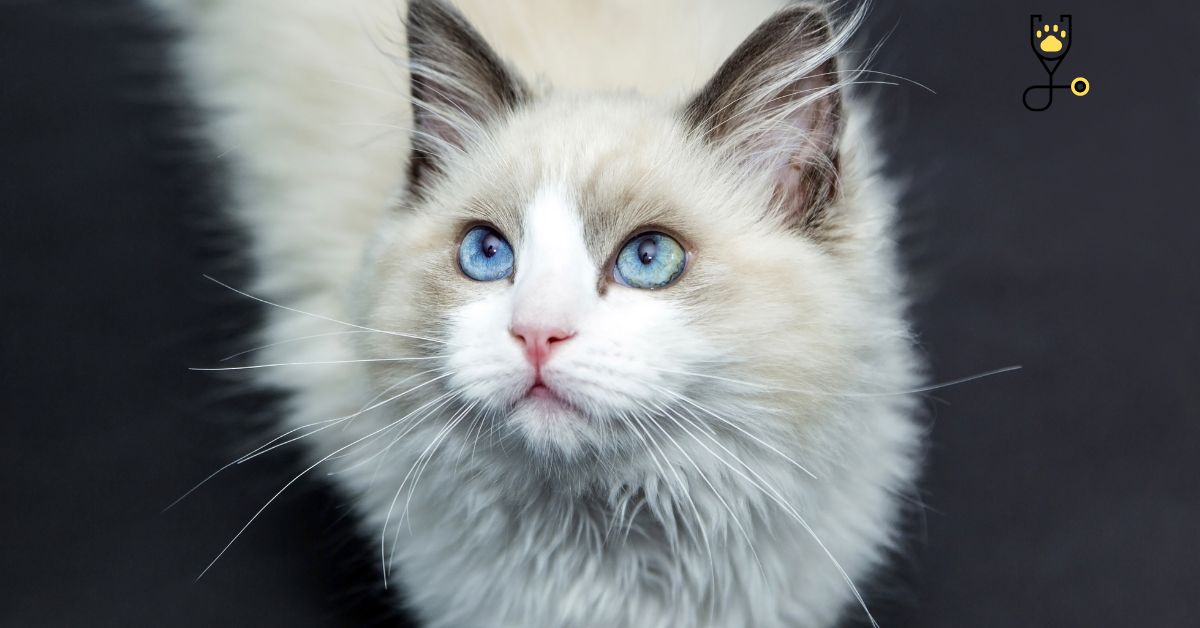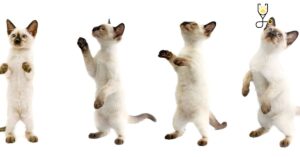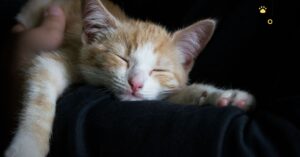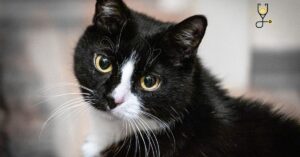All cat owners know that cats have a language of their own. Body language is one of the most important ways for cats to communicate with each other and with us. By understanding what your cat is trying to say, you can better connect with them and help them feel more comfortable around you. In this post, we’ll discuss some of the most common body language signals and what they mean. Keep in mind that every cat is different, so if you’re not sure what your cat is trying to tell you, it’s best to consult with your veterinarian. Happy reading!
Cat’s body language and signals
Cat’s body language and signals can be divided into several categories: facial expressions, ear positioning, tail position and movement, and overall body posture.
1. Facial expressions
The most important facial expression to look for is the position of your cat’s ears. Ears that are pointed forward and slightly tilted back indicate that your cat is interested in something or someone. On the other hand, if their ears are flattened against their head, it’s a sign that they’re feeling threatened or afraid. If you see this type of ear position, it’s best to give your cat some space and let them approach you on their own terms.
2. Ear positioning
Ear positioning in addition to facial expressions, ear positioning is also a key way to understand what your cat is trying to communicate. For example, if your cat’s ears are pointing backward, it means they’re feeling angry or aggressive. If their ears are flattened against their head, they’re feeling scared or threatened. And if their ears are perked up and alert, they’re probably curious about something.
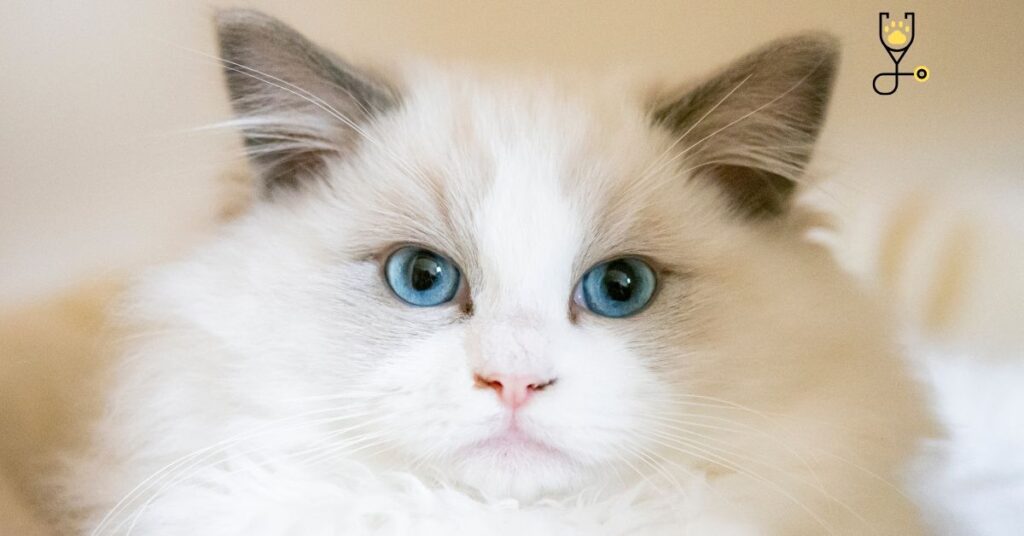
3. Tail position
Tail position and movement The position of a cat’s tail can tell you a lot about how they’re feeling. If their tail is held high and upright, it means they’re feeling confident and happy. On the other hand, if their tail is low to the ground or tucked between their legs, it’s a sign that they’re feeling scared or insecure. Additionally, the way a cat moves their tail can also be indicative of its mood. For example, a slow wag from side to side usually means they’re content, while a rapid swish back and forth indicates excitement or aggression.
4. Overall body posture
The way your cat holds their body can also be telling of its emotional state. For example, a cat who is standing tall with its head held high is usually feeling confident and fearless. Conversely, a cat who is crouching low to the ground with its tail tucked between its legs is likely feeling scared or intimidated. So, the next time you’re trying to figure out what your kitty is thinking, be sure to pay attention to all of these key body language cues!
5. Feline body language
The basics when trying to understand what your cat is saying, it’s important to pay attention to all of their body parts, including their facial expressions, ear positioning, tail position and movement, and overall body posture. By taking all of these cues into account, you’ll be able to get a better idea of how your cat is feeling and what they’re trying to communicate.
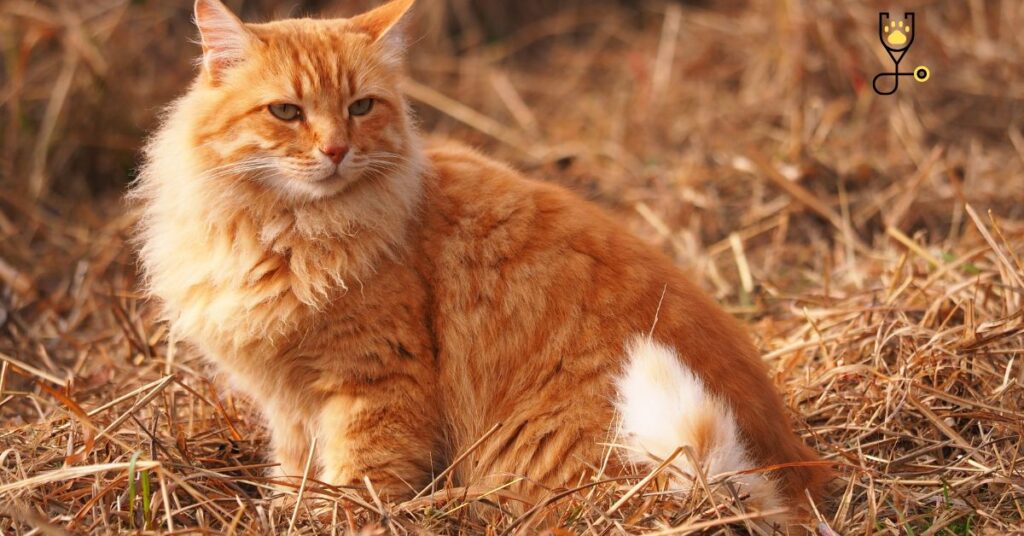
6. Eye contact
When a cat stares, blinks slowly or gives you what’s called a ‘slow blink’, often called an ‘eye kiss’, they are showing you affection. If a cat avoids eye contact, it may be feeling threatened.
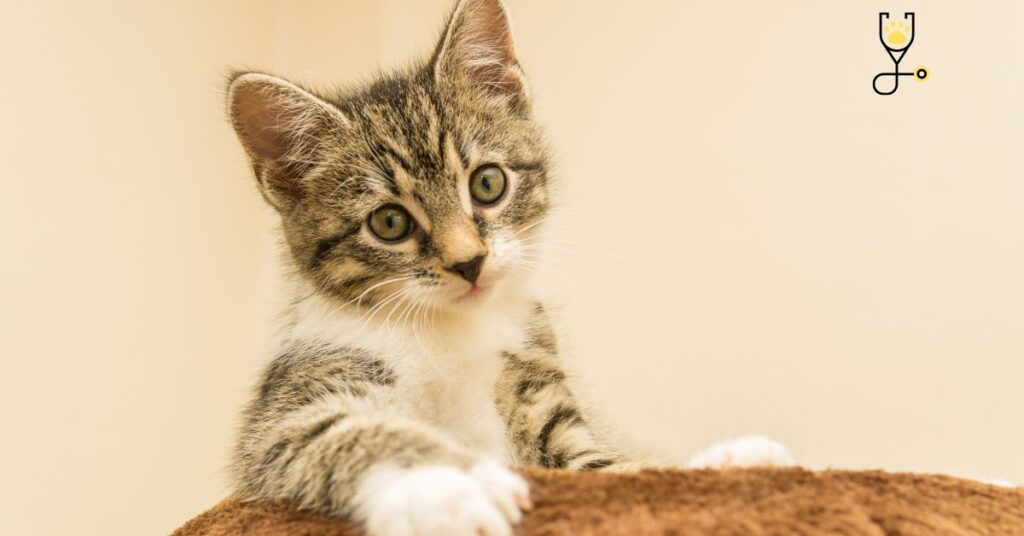
7. Pupil sizes
pupils dilate when they’re happy and excited, and contract when they’re scared or angry. So if you see your cat’s pupils getting larger, it’s a good sign that they’re enjoying whatever is going on!
8. Yawning
While we humans yawn when we’re tired, cats actually yawn when they’re feeling relaxed and comfortable. So if you see your kitty yawning, it’s a good sign that they feel safe and content in your company.
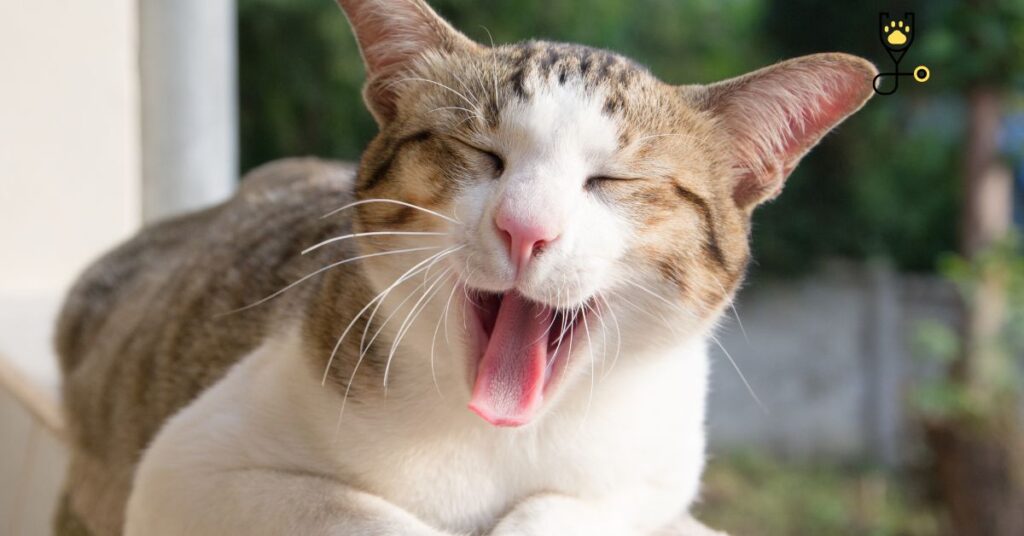
9. Purring
Purring is usually a sign of contentment, but it can also be a way for cats to self-soothe when they’re feeling anxious or stressed. If your cat is purring while also showing other signs of stress, such as increased vocalization, hiding, or pacing, it’s best to consult with your veterinarian.
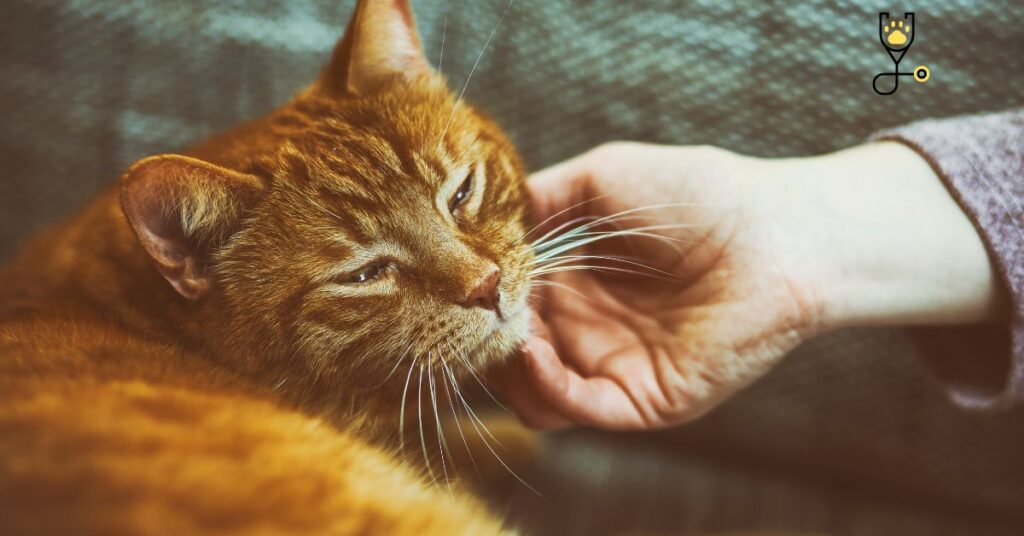
10. Kneading
When a cat kneads its paws on you or another surface, it’s often a sign of affection. This behavior is usually accompanied by purring and may be reminiscent of the kneading motions kittens make when nursing from their mother.
Conclusion
By paying attention to these key body language cues, you’ll be able to better understand what your cat is trying to tell you. Whether they’re feeling happy, scared, or something in between, their unique form of communication will give you some valuable insights into their inner thoughts and emotions.
Frequently Asked Questions
1. What does it mean when a cat stares at you?
When a cat stares, blinks slowly or gives you what’s called a ‘slow blink’, often called an ‘eye kiss’, they are showing you affection. If a cat avoids eye contact, it may be feeling threatened.
2. What do different pupil sizes mean in cats?
Pupils dilate when they’re happy and excited, and contract when they’re scared or angry. So if you see your cat’s pupils getting larger, it’s a good sign that they’re enjoying whatever is going on!
3. Why do cats yawn?
While we humans yawn when we’re tired, cats actually yawn when they’re feeling relaxed and comfortable. So if you see your kitty yawning, it’s a good sign that they feel safe and content in your company.
4. What does it mean when a cat kneads?
When a cat kneads its paws on you or another surface, it’s often a sign of affection. This behavior is usually accompanied by purring and may be reminiscent of the kneading motions kittens make when nursing from their mother.
5. What is the difference between a cat’s meow and purr?
Purring is usually a sign of contentment, but it can also be a way for cats to self-soothe when they’re feeling anxious or stressed. If your cat is purring while also showing other signs of stress, such as increased vocalization, hiding, or pacing, it’s best to consult with your veterinarian.

